
Tata Tigor EV vs i-CNG: Which Is Frugal Yet Fun?
- May 24, 2022
- Views : 3438

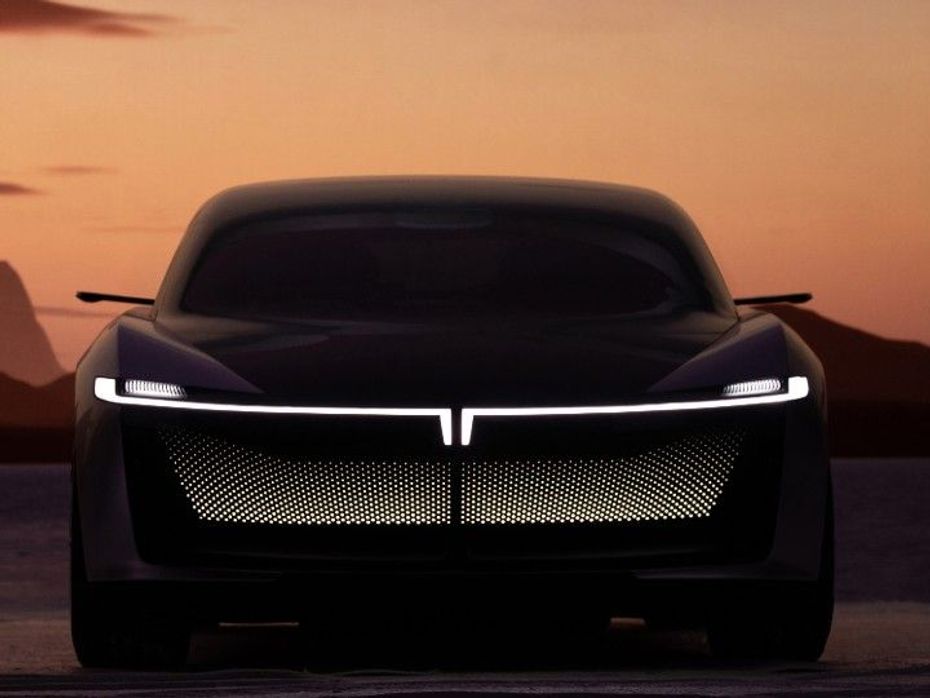
Tata Motors has had quite an interesting last couple of months. First came the Curvv concept showcasing Tata’s Generation 2 platform, with the radical Avinya concept recently breaking cover, teasing the all-electric Gen 3 platform. This pretty much signalled Tata going all-in on the EV race.
Crucially, the carmaker has set a bold target to have their new electric vehicles as global offerings. How are they going to pull that off? Well during the Avinya unveiling we had a chat with Shailesh Chandra, Managing Director, Tata Motors Passenger Vehicles Ltd., And Tata Passenger Electric Mobility Ltd and got to know more about the Avinya its Gen3 platform it is based on and what’s in the pipeline from the carmaker in the EV space:
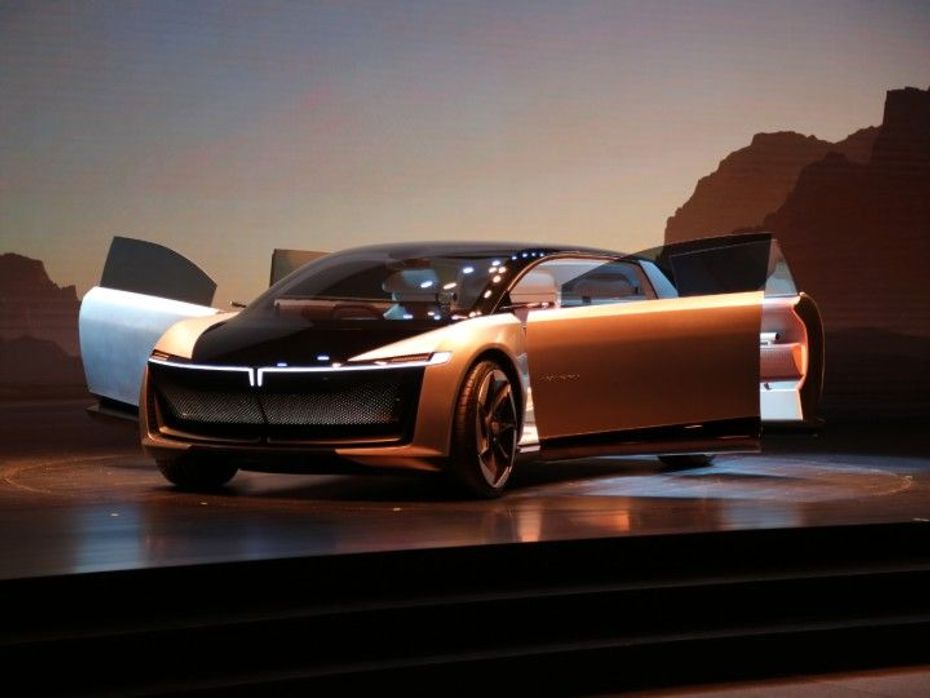
Kartikeya Singhee: So first and foremost, congratulations on the Aviniya. I think the thing that's got my attention the most is the confidence and the ambition that this car is projecting and also the statement from the chairman saying that Tata electric vehicles are going to be global offerings. How did this happen? Is this a decision taken recently and how do you come to that point where you say an Indian car manufacturer making EVs is going to go out to the world?
Shailesh Chandra : Firstly thanks for the compliments it's always a pleasure interacting with you Karthikeya. Yes I think you know when we started thinking whether we should just focus on India or whether we should start thinking global there were two-three things which were in mind. One that there was a period when we were making conventional vehicles and we were always one or two generations behind on our emission norms as compared to the big and mature markets in the world, and therefore that was a roadblock in a way.
We were not a very successful company a few years back in the Indian market itself. So when you go global the first reference which is taken is whether you have made a mark in your home market or not, and the state of our products from a technology perspective. Now if you consider all these three aspects, the first aspect being emission norms, EVs bring all the markets on the same page. We have shown our capability and we have credibility in the home market in the last two years whatever we have done. So we are seen as a successful player in the home market and doing things where the association of the brand is strong from a technology perspective and quality also, and therefore that is also a tick mark.
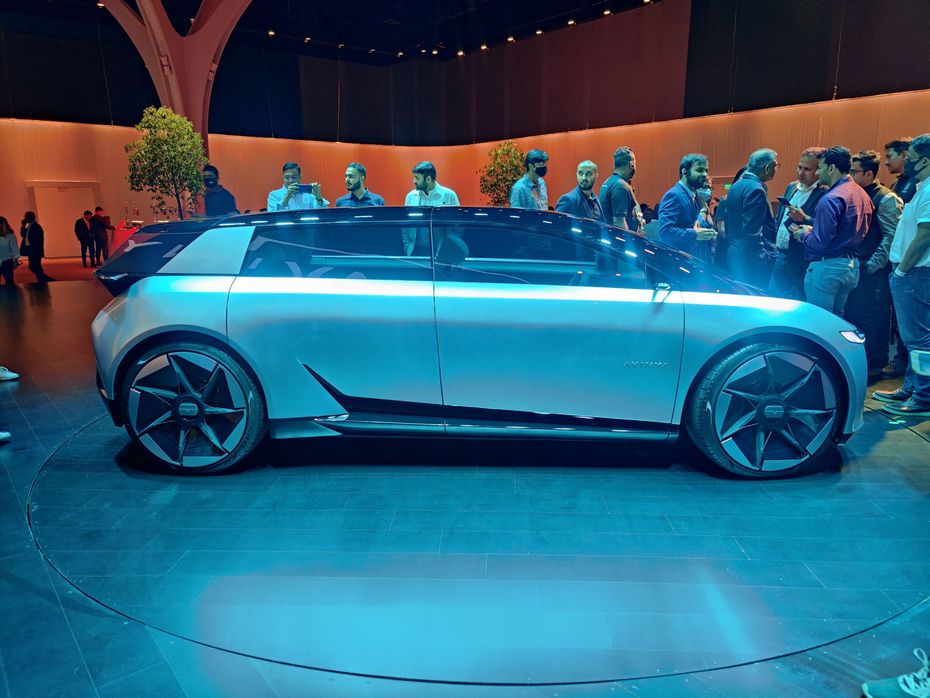
Taking all these considerations and from a technology perspective this car Aviniya what we have displayed has state of the art cutting edge technology. It's a global product. If I have a global product and there are no limitations coming from emission norms this is the right time actually to start thinking globally, that has been the thinking.
Whenever you go to more mature markets there will be few additional requirements that you have to cater to which are specific to that market’s consumers or maybe certain safety norms or regulations to that, those are certain adaptations that you have to do. You'll also have to establish your brand in those markets. These are the things that we still have to do but there is clearly a promise that we are now starting to think global. Going global would challenge us more and make us stretch ourselves to do more things more and bridge this gap that exists between the requirements of a global market and the Indian market.
In any case you have most of the big players globally who are in the Indian market and we are competing with them. So you know why can't we therefore go and compete globally especially when we talk about electric vehicles? In the conventional vehicle world we might have been decades behind many other players, but in the electric vehicle space everyone is pretty much at the same level plus and minus here and there. And we would like to try to leapfrog as far as technologies are concerned with the Avinya concept that we have shown yesterday. That has been the thinking, there's a lot of work to be done to really realise that ambition of ours.
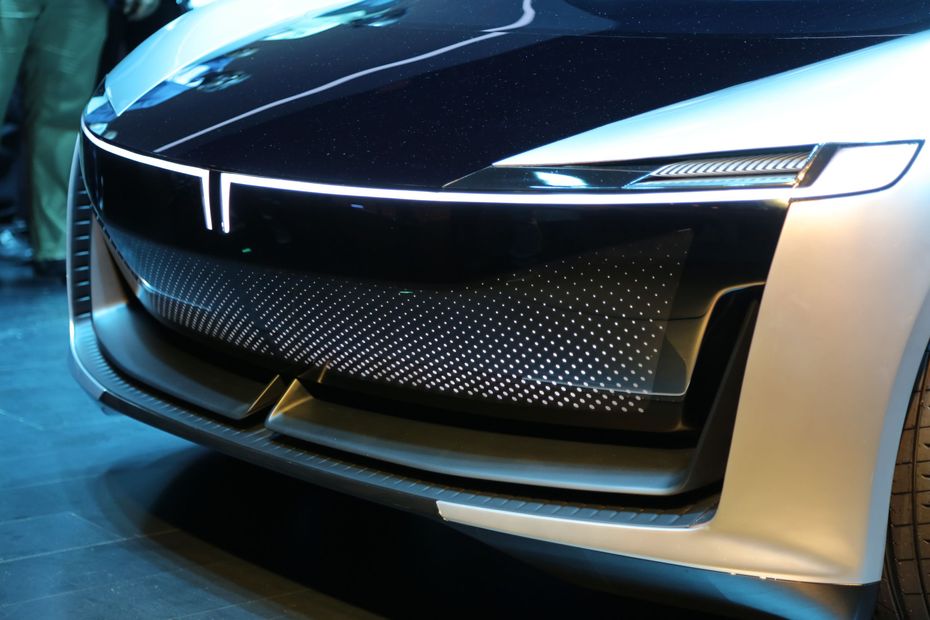
KS: I think an interesting thing that I remember from the presentation was that a car is software on wheels. And it was interesting because it was the chairman saying that and him having had played such an instrumental part on the technology front. Is that what he's alluding to, being able to dip into the pool of Tata Group of companies to get the right technologies or resources to build this rapidly?
SC: That’s one of the big parts because what he meant by software on wheels is that today the car is more seen as a value proposition in terms of its connected car features, or in the coming times it will be seen as its capability of autonomy. The intuitive experience that a car is able to deliver to a customer can only be delivered through the advent of AI and machine learning.
So given this the value that you deliver in a car comes through software now, and that's why he said that it is now being defined with what is the software content, its maturity and algorithms which will be a greater focus in the coming times. And that's why I believe that India has an opportunity to be in the driver's seat here, because one nation which has credibility as far as software capabilities are concerned is in india. And fortunately for us as Tata Motors we have these capabilities within the group companies and that makes us more comfortable taking this challenge along with the group companies.

KS: So this would help make things more lean and agile but do you foresee it being that easy to plug in between different companies, because this is instrumental to building the pathway for the roadmap that you're creating right?
SC: Collaboration in earlier days was not that easy because that was not the requirement of the auto industry, it was pretty independent I would say. As new technologies are coming in there are so many things that you have to do. That's still less of a problem, but there are so many new capabilities that you need to bring. And therefore when you get cornered to a situation where you need additional expertise, collaboration becomes a natural phenomena for all and the others also see a win-win opportunity they also collaborate.
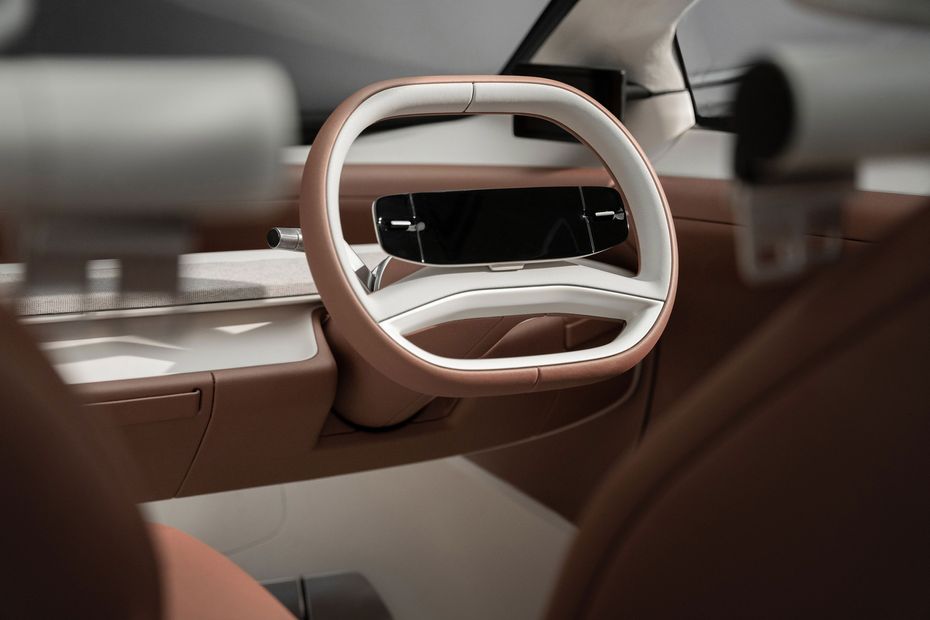
So collaboration also is coming in a natural way and therefore I would believe that it would not be difficult. We have experienced this already in the last three-four years with a Tata universe kind of an umbrella initiative and there has been very strong cooperation, say with a Tata Power or a Tata Auto component, with Tata Chemicals. Also we are working very closely with the financing sector companies, we were working on attractive financing schemes. It has been very collaborative so I don't see this as a difficulty because everybody would be passionately charged up for delivering this kind of innovation, and being a part of it is what I would say.
KS: On this front one question for me that remains is globally tapping into resources, getting the right materials, specifically when it comes to cells, will that be a challenge? How do you tackle that challenge?
SC: So you know it also depends on what type of chemistry that you are choosing, there are certain chemistries where there will be a challenge, there will be volatility that you will see. Right now you have also seen volatility in the lithium compound for example, where you actually don't have a problem of reserves at all. But the mining capacities have not kept pace with how the demand is ramping up which can be a temporary phenomena I would say because there is a certain ramp up of demand in three big markets China, Europe and the U.S.A.
And all of a sudden this kind of a ramp up, the mining side has not been able to keep pace with that but there are new capacities which are getting added which should help overcome this temporary challenge that we are seeing. Going forward we should also remember that as millions of vehicles now are on the road and after one or two years they will start feeding into recycling of these compounds, therefore additional capacity will come in because of that.
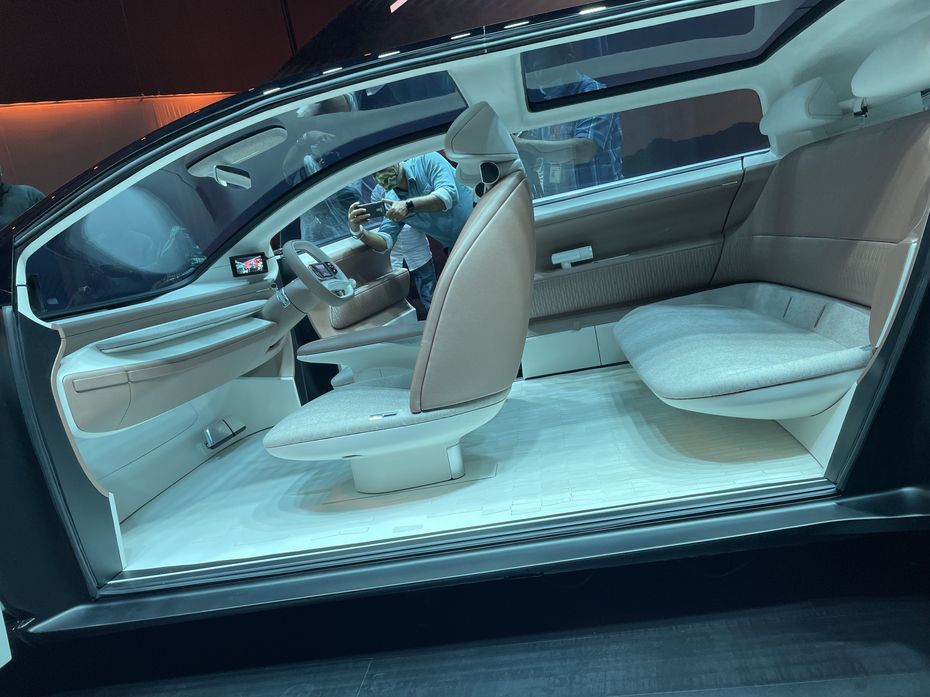
So I believe in a combination of this and as the demand ramps up there's a business opportunity, the entire value chain would start responding to that. There will always be a bit of lag in a new technology area especially when you are on the steeper path of the S curve, there is always an issue of supply lagging demand. We will go through that phase. Actually that is only what will hold a deeper penetration of electrics, but at the same time there will be expeditious efforts being put on the upstream side of the value chain because nobody wants to lose an opportunity.
The only challenge would be that a new addition of capacity for different parts of the value chain requires a certain time period. A mining capacity can only come in six to seven years, so it will take that kind of time but eventually I think this challenge would be overcomed, and there would be some moderation that you will see in the demand.
KS: Okay, interesting point that you've raised over here, you spoke about this decade, capacities and electrification and not BEVS. Do you see BEVs as the future or is this an interim before we move to something else?
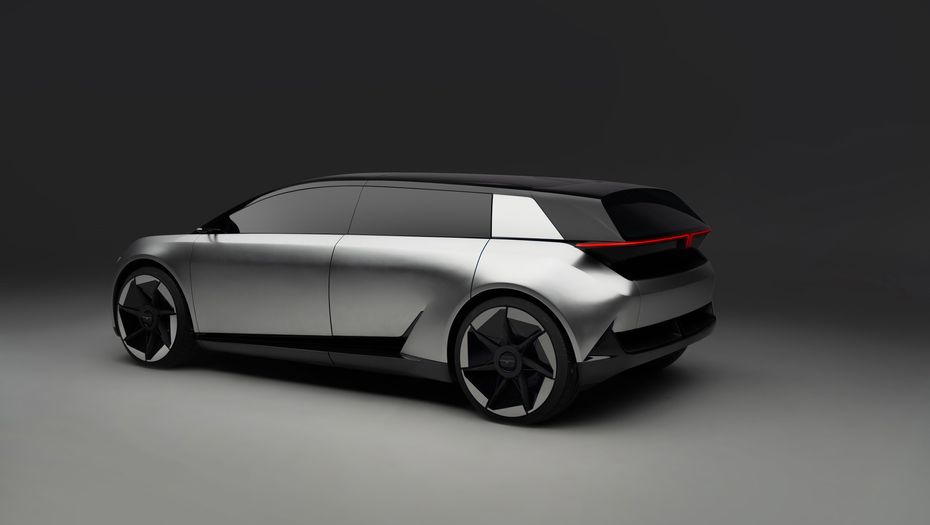
SC: Anything beyond BEV I would say would be speculation because this is what looks like the most feasible one. Within BEV there might be new breakthroughs which might come, say in the battery space. Hydrogen fuel cells are the next alternative that you see in the zero emission technology world, and clearly you see that there is a space in which hydrogen fuel cells would make more sense, and in certain categories of automotive it would make more sense for a battery electric vehicle.
Hydrogen fuel cells would make sense for commercial vehicles, especially for the long haul application. But BEV I would say for at least the next one and a half decade I see this as the most promising technology as far as zero emission technology is concerned.

KS: Okay, great to have that clarity as well. We'll quickly move to Avinya I think and that's where the excitement is coming from. The Avinya you said is a family, is there a roadmap in place as to when we see what, and the first is of course going to be this new form that we are seeing. Any road map as to what's coming after that and by when do we see that?
SC: Yes we have already conceptualised at least a few products which would come on this platform and it is in the concept development phase. This is the lead program as far as the Avinya is concerned, and there are few others also which have been identified which will follow this. While there are no timelines at this stage, the clarity of what would be the subsequent products is there.
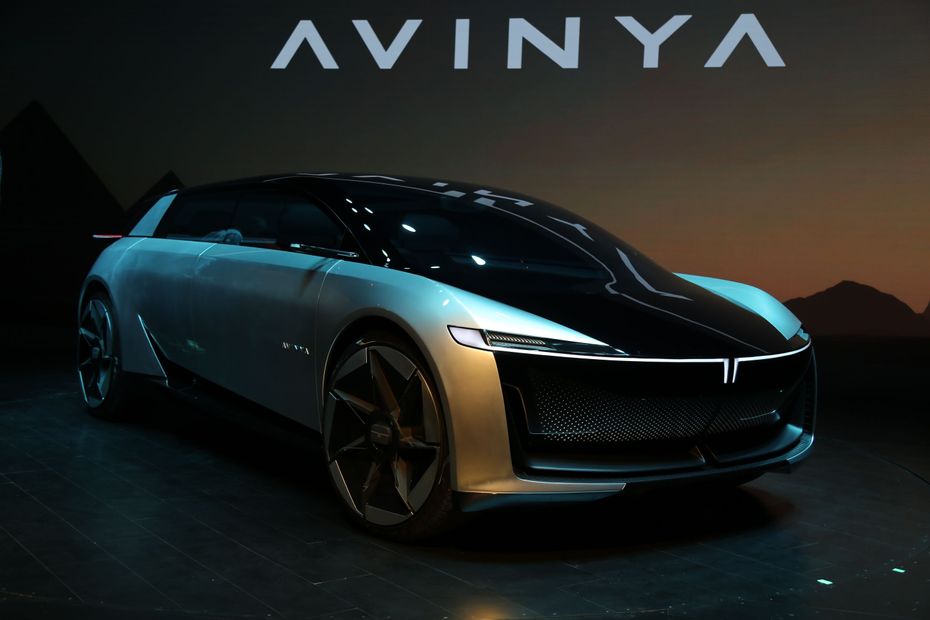
KS: I think with the Avinya we're looking at a more let's say premium, a more upmarket future with Tata. I think one of the key areas and I'm sure we've spoken about this in the past as well, when do we see a sub Rs 10 lakh EV which can cater to the masses while giving let's say 200 kilometres of range, I think that being the minimum range that you had stated also last time.
SC: So you are seeing two Gen 1 products today: Nexon EV and Tigor EV. You have seen one Gen 2 product, which is the Curvv and this is one Gen3 product that you have seen, so this totals to four products. We have made a statement that will come with 10 products so there will be a lot many products which will be in between Gen 1 what exists today and the Gen 2 what we have shown and between the Gen2 first kind of product that we have shown, which does not mean that will be the first Gen 2 product. There might be other Gen2 products which might come before or after the Curvv and Gen 3 products.
So the current Gen1 products that we have are at a certain price point. I can definitely confirm that there will be products in these 10 which will be on the more affordable side of what two current products that we have. I would not peg a number on that but these will be more affordable vehicles.
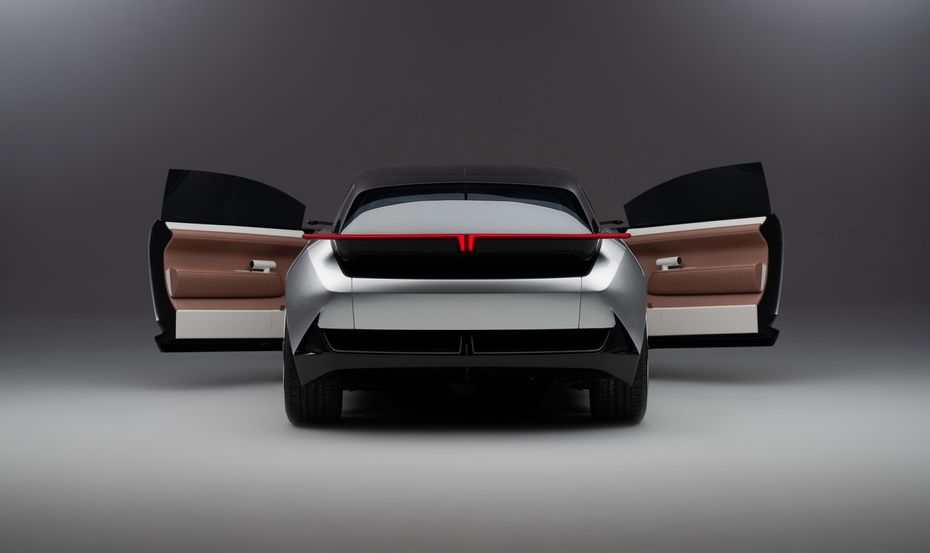
So we will have a range of vehicles in Gen 1, Gen 2 and Gen 3 categories which will coexist giving different plethora of options for the customers to choose from at different price points, different driving range, different body styles and a package of features, depending on what suits different customer segments they'll choose from.
KS: It's like quite a packed plate that you've got. My last two questions, first is to come to the Avinya. It's going to be hard for people to believe that it is coming into production. It is the case right?
SC: Absolutely, the intention is when I say 2025, the intention is to deliver this concept as close as possible to this. 4.3 metres long, with possibly an interior space of a 4.6-4.7 metre car. That's the intention that has been shown with the body style and form factor that you have seen. There will be changes as it is going through the phase of engineering confirmation feasibility, but the intention will be and there is already a lot of work done on the concept development side.
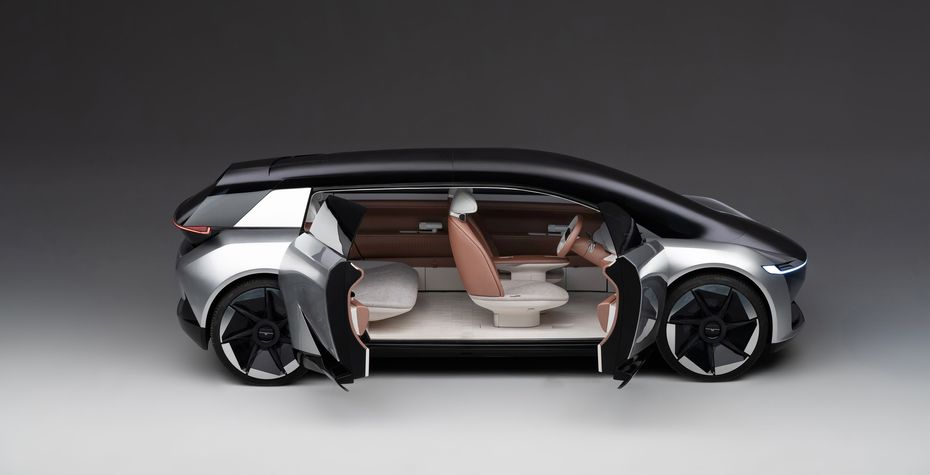
We have gone through iterations and then come up with this kind of a concept. It is not as close to the maturity that you would have seen in Curvv because it is at a more mature stage of development.
KS: That was 97 percent, can we say this is 70 percent?
SC: I would not like to give any number, but why would I bring it down to 70 percent would be my question. We would like to be as close as possible to this vision that we have shown.
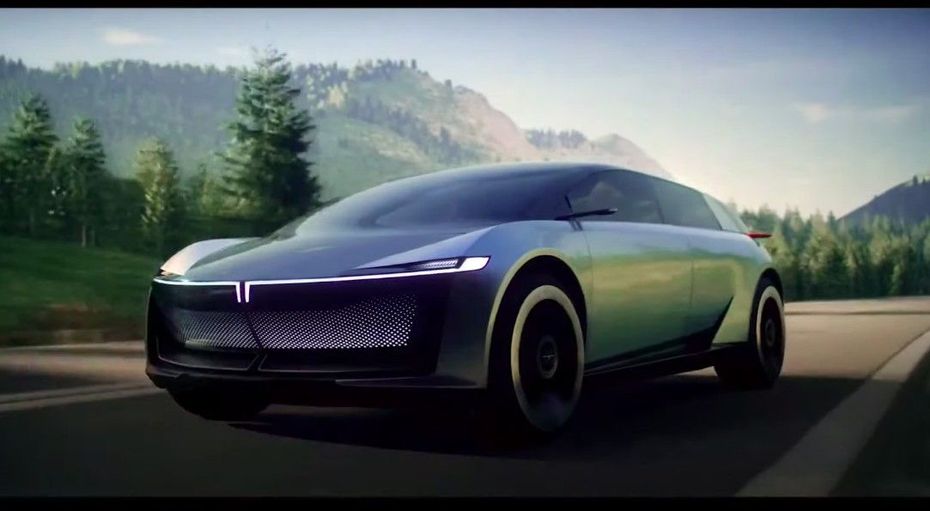
KS: And finally on a personal front I started our conversation saying we met in 2018. Fast forward to now, how has that journey been? How are you managing to juggle so many things just looking at the product pipeline that you're alluding to? How closely are you still involved with the product development considering you have to oversee a lot more now, how do you manage that? Do you miss some of the things?
SC: Product development is my passion and that is something where I don't compromise on the time that I have to give. So definitely I get involved, even if I don't get time I would rather ask people that I want to know about this. I like seeing things physically, so whenever I am at the Pune plant I ensure that I drive a car, I see certain things physically which I would have heard in a meeting, so those things I do, that's my passion. Therefore, I'll continue to do that because that's what motivates me, that's what kicks me everyday.
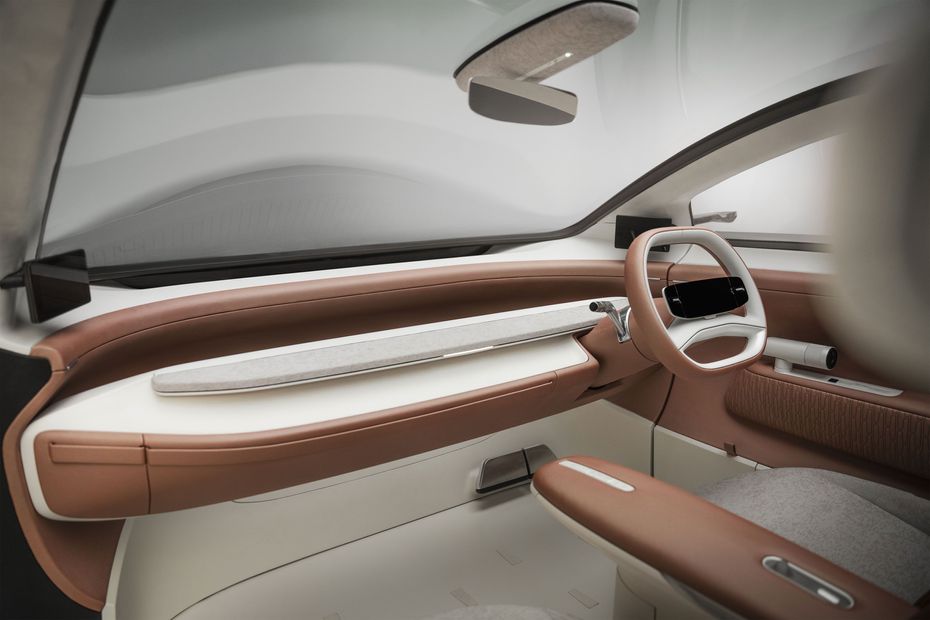
And the set of business problems that we are dealing with, the excitement of reimagining our brand, taking it to the next level where it deserves to be is a very high sense of motivation. I have been a lifer in Tata's, so you know attachment with the brand is very strong. As a citizen also i feel that this brand needs to succeed, and we have the capability. I think our engineering capabilities are immense in the country, this is the right time where we can be in the driver's seat as far as the nation is concerned. There's a commitment also from the group, you would have seen that we work on the upstream part of the value chain. Also these are exciting times and the journey of the last four years have been the most exciting I would say.
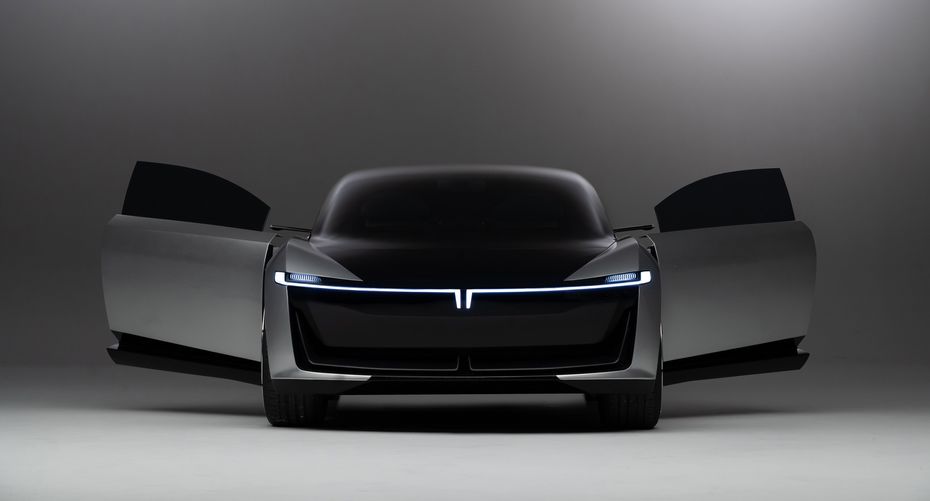
Starting with electric vehicles, I can only say one one change which I realized when I shifted after working for two years only in electric vehicles to passenger vehicles. I saw that this is such a ripe business, what I was dealing with was so difficult, starting from scratch convincing people, developing the ecosystem, limitations of funds that I had. But with a bigger business this was so resourceful there were so many capable people already there and there's such a strong brand, good products you can do so much in this business.
I would say therefore the EV experience really helped to realise how much potential you had in the PV business and therefore in combination we have been able to take the two businesses to the level where it deserves to be. Still it deserves to be much higher, and with this kind of an innovation I think we are on the right track is what i would say.
KS: One last question, your favourite bit on the Avinya?
SC: The spaciousness and in-cabin experience.
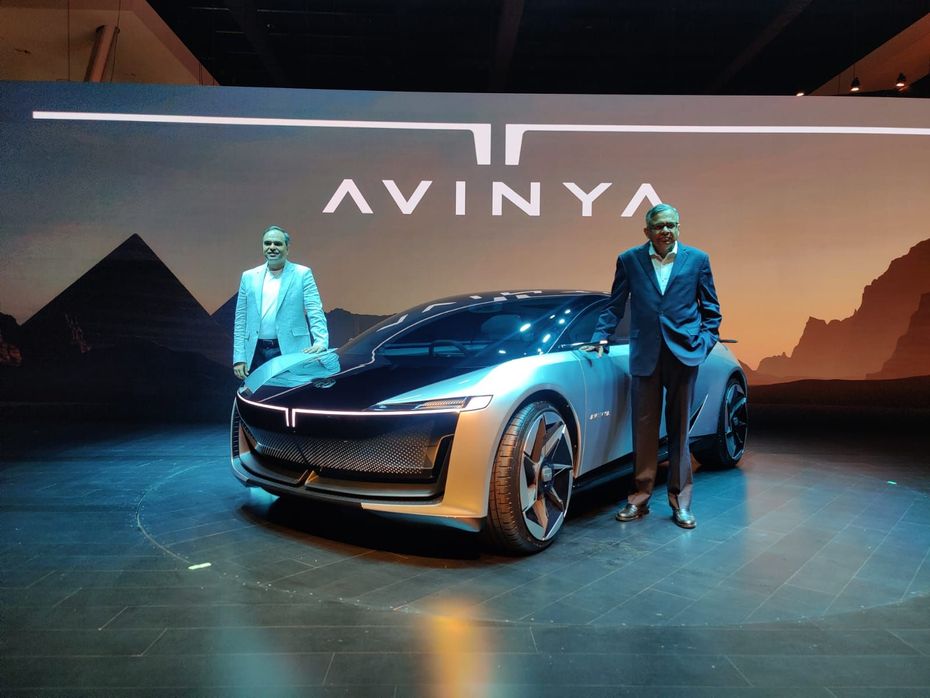
Before the Tata Avinya concept becomes a reality in 2025, we’ll be seeing the production-spec Curvv show up by 2024 as an EV first before offering an ICE option. We’re also getting two new EVs based on current ICE cars before these two models arrive.

Tata Tigor EV vs i-CNG: Which Is Frugal Yet Fun?

Tata’s Avinya Premium Electric Car Series To Use Underpinnings...

Tata To Foray Into Premium EV Space With Harrier/Safari EV Avatars...

CONFIRMED: The Tata Avinya Electric Concept Will Become A Reality By...

Six Things The Tata Avinya Electric Concept Previews For Tata’s...

Tata Avinya EV Concept Revealed: All Details You Need To Know In 10...

The Avinya Crossover Concept Previews Tata’s Future Gen 3 Electric...

Mahindra Trademarks A Bunch Of Names That Could Be Used For Its...

2024 Hyundai Tucson: Old vs New Compared
India's largest automotive community